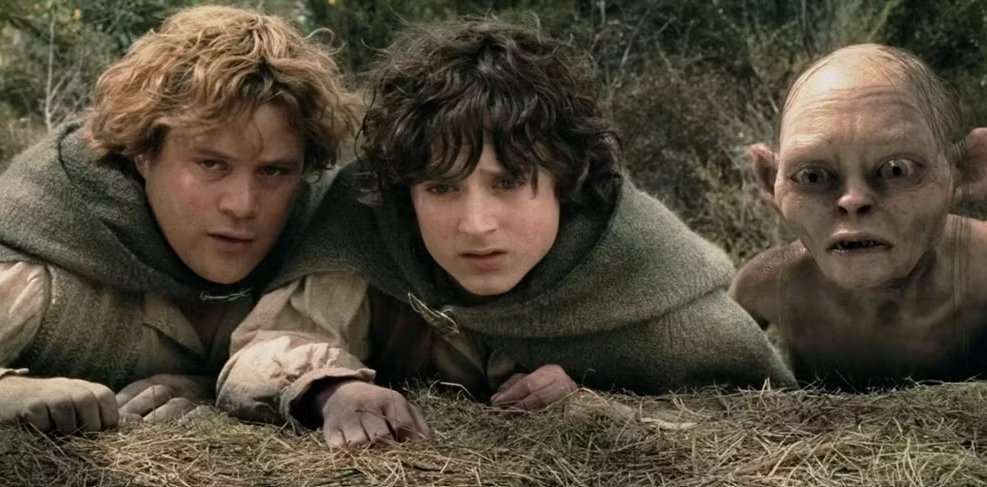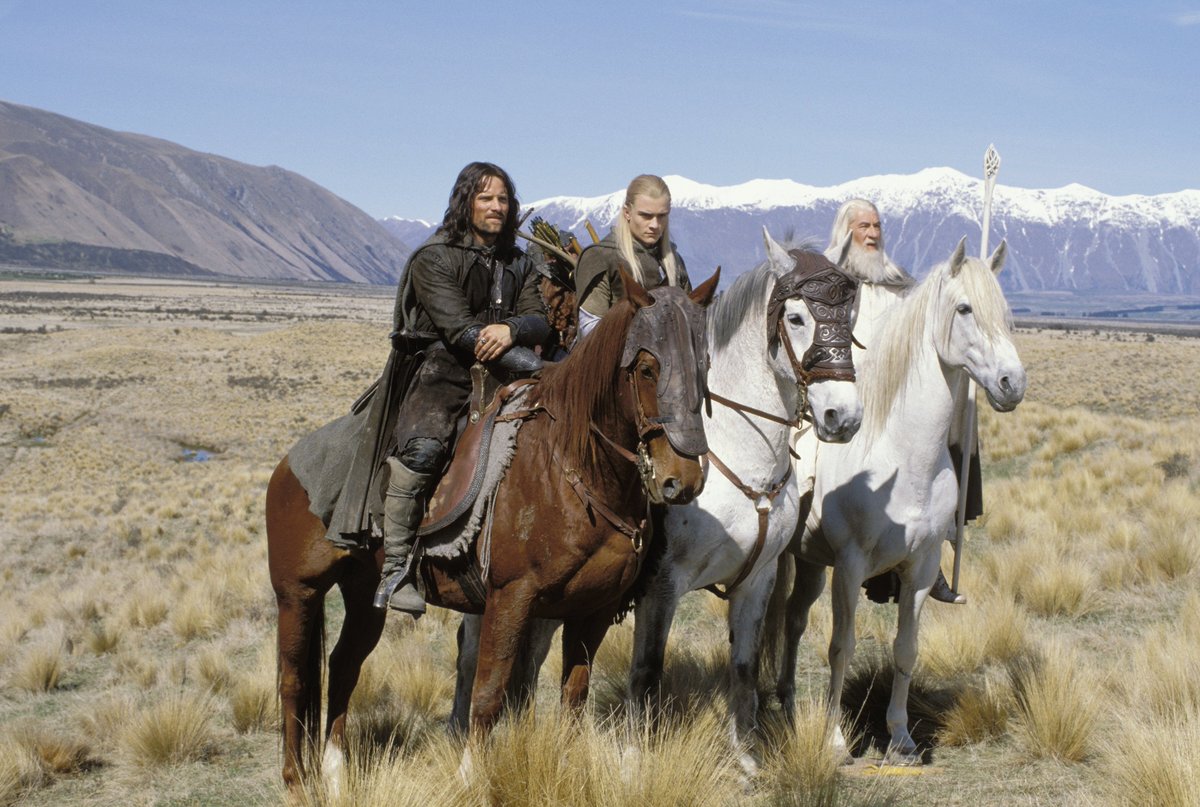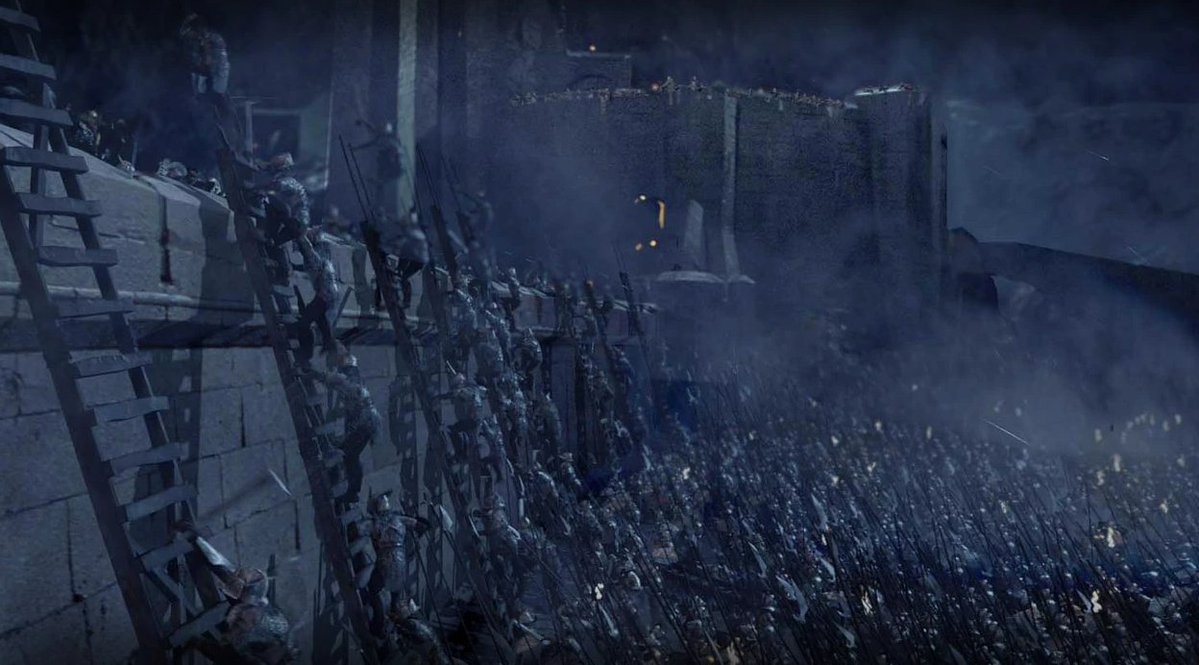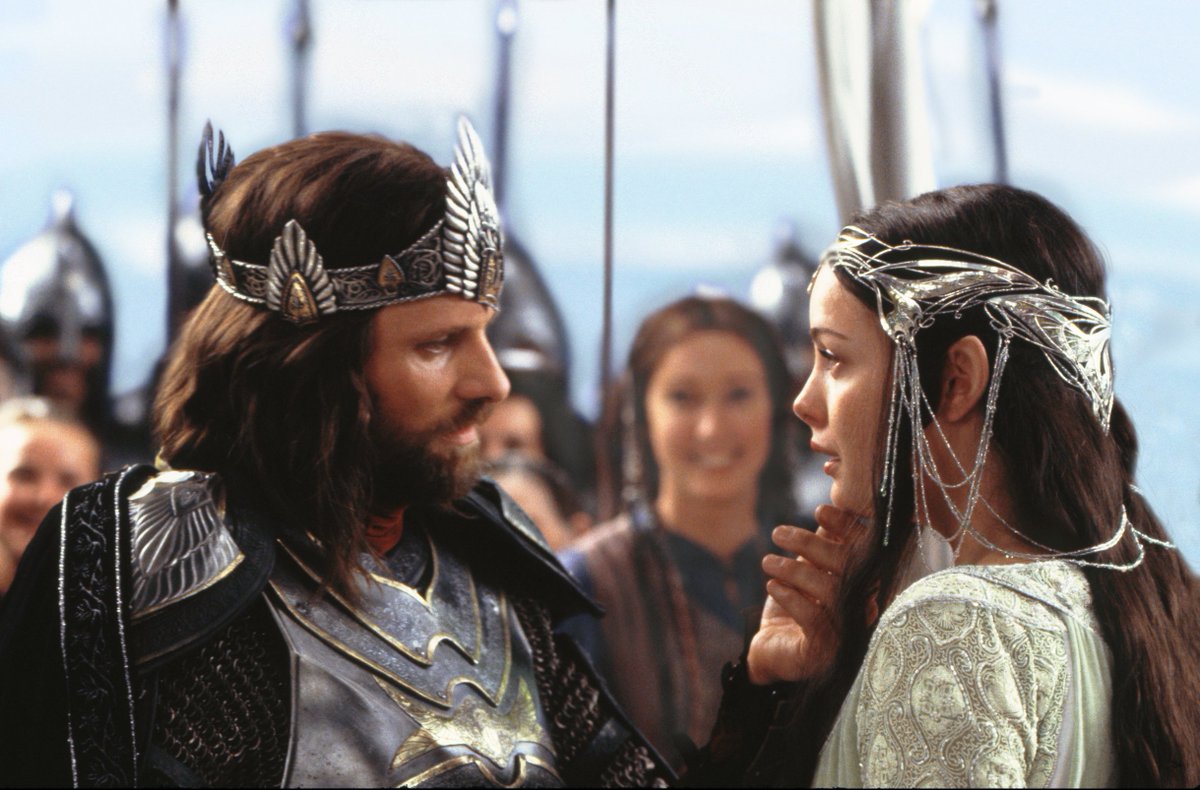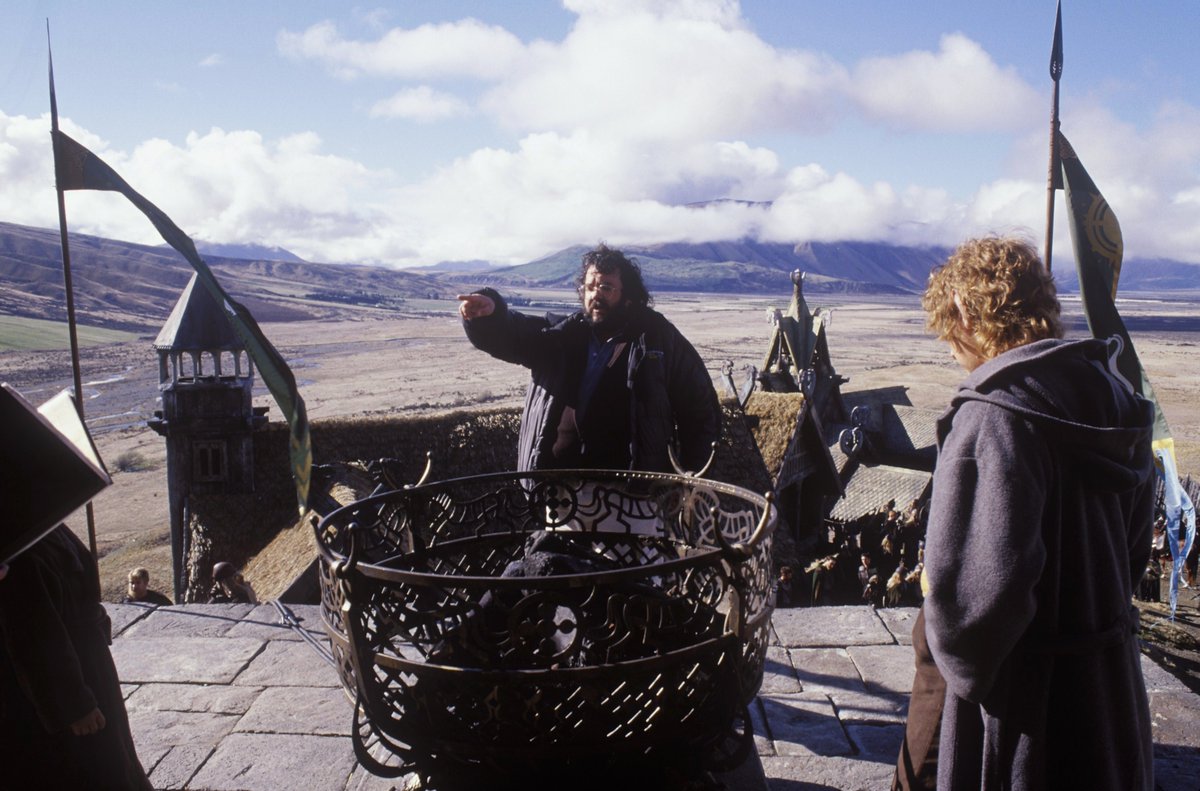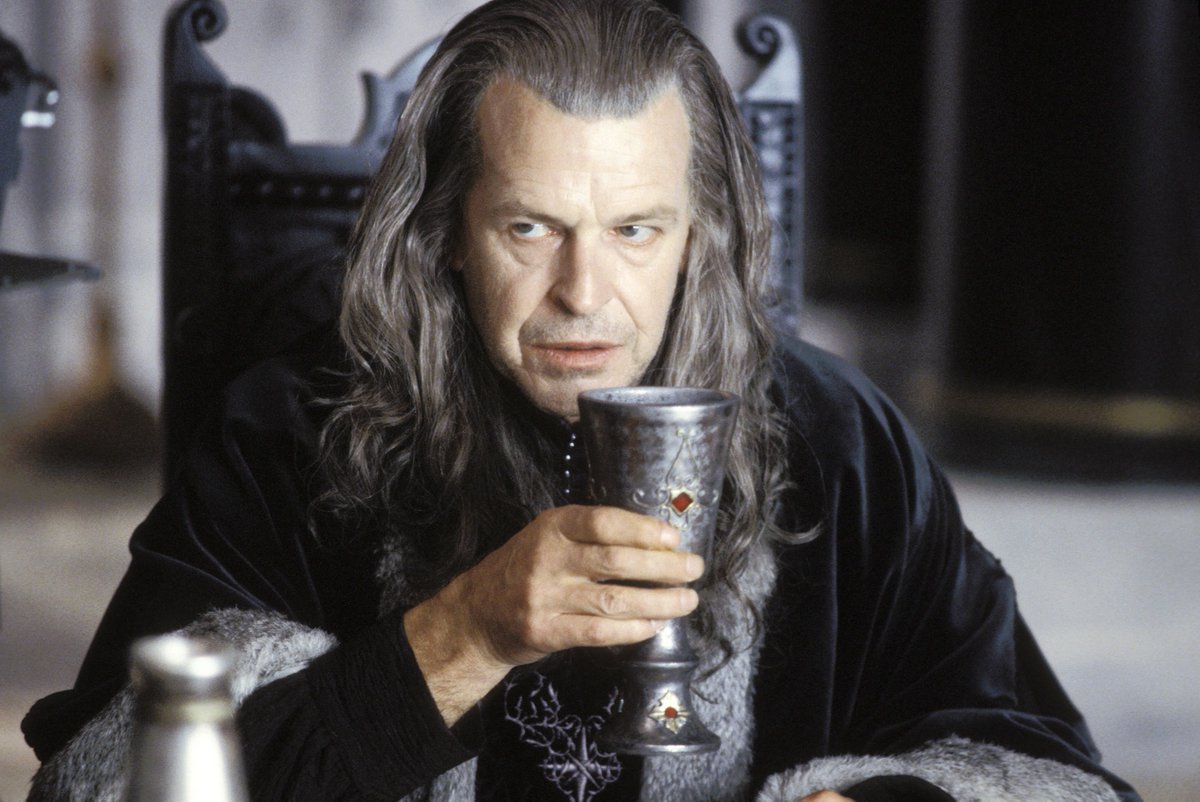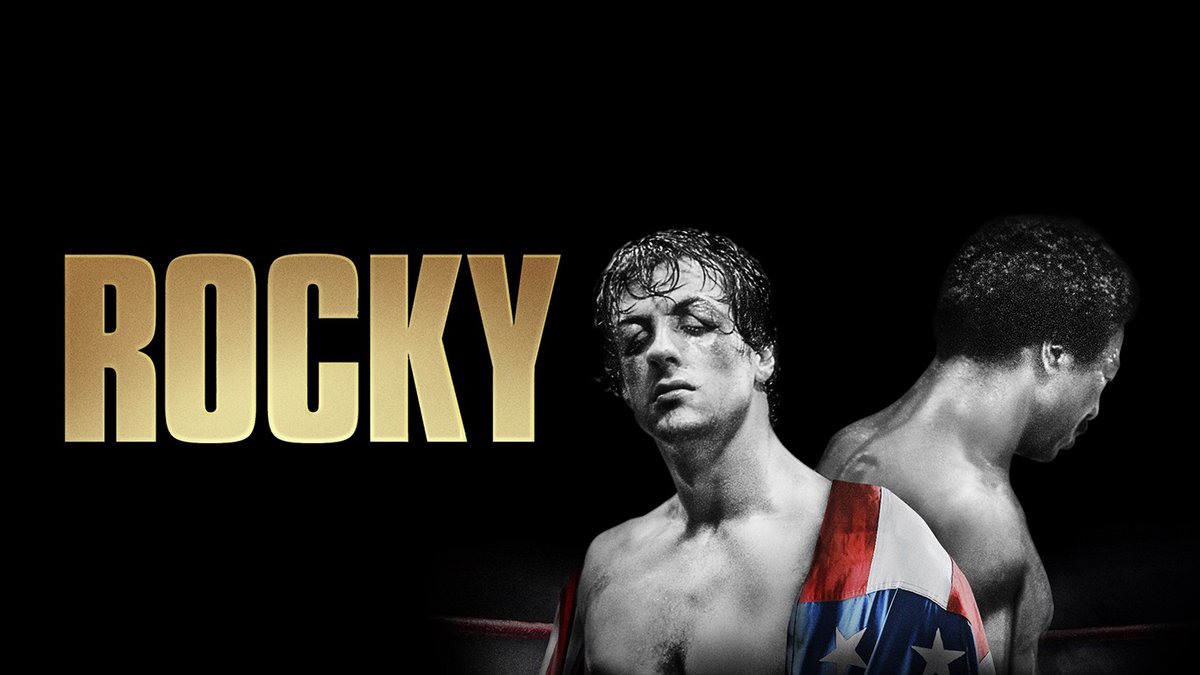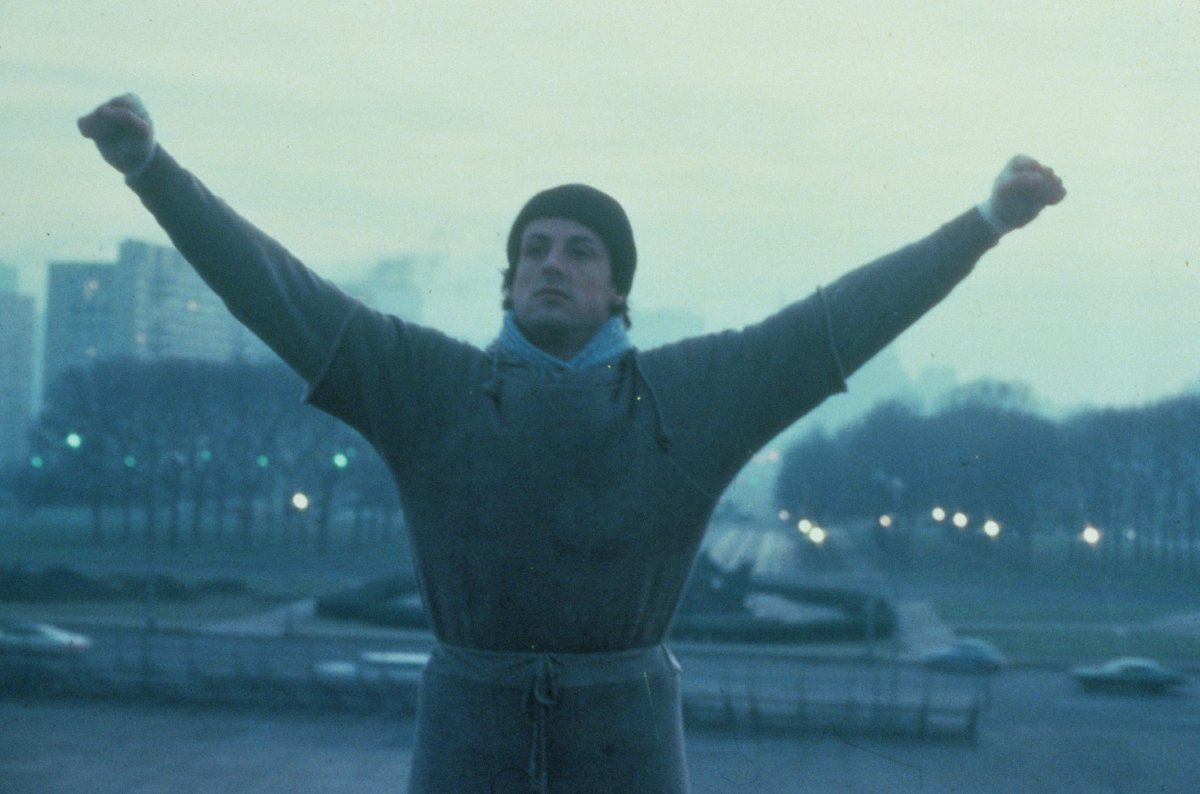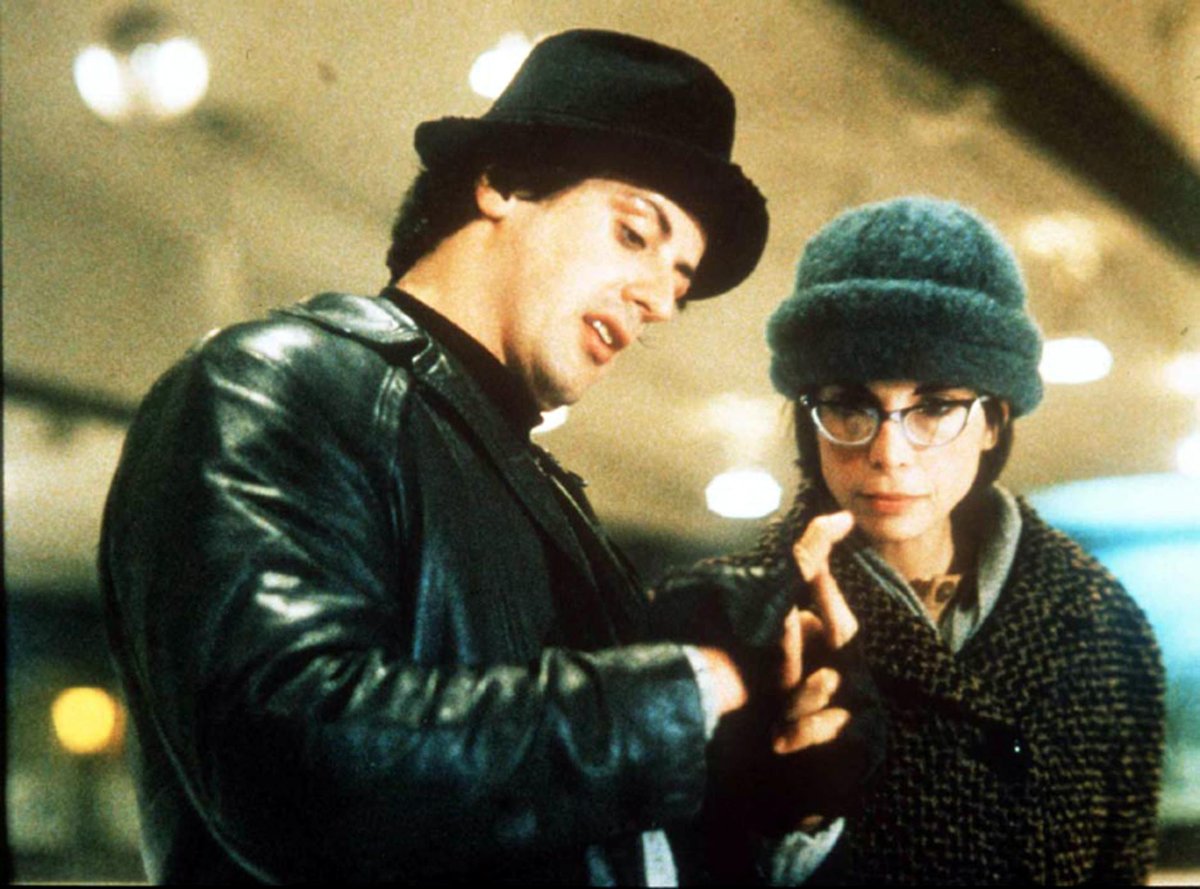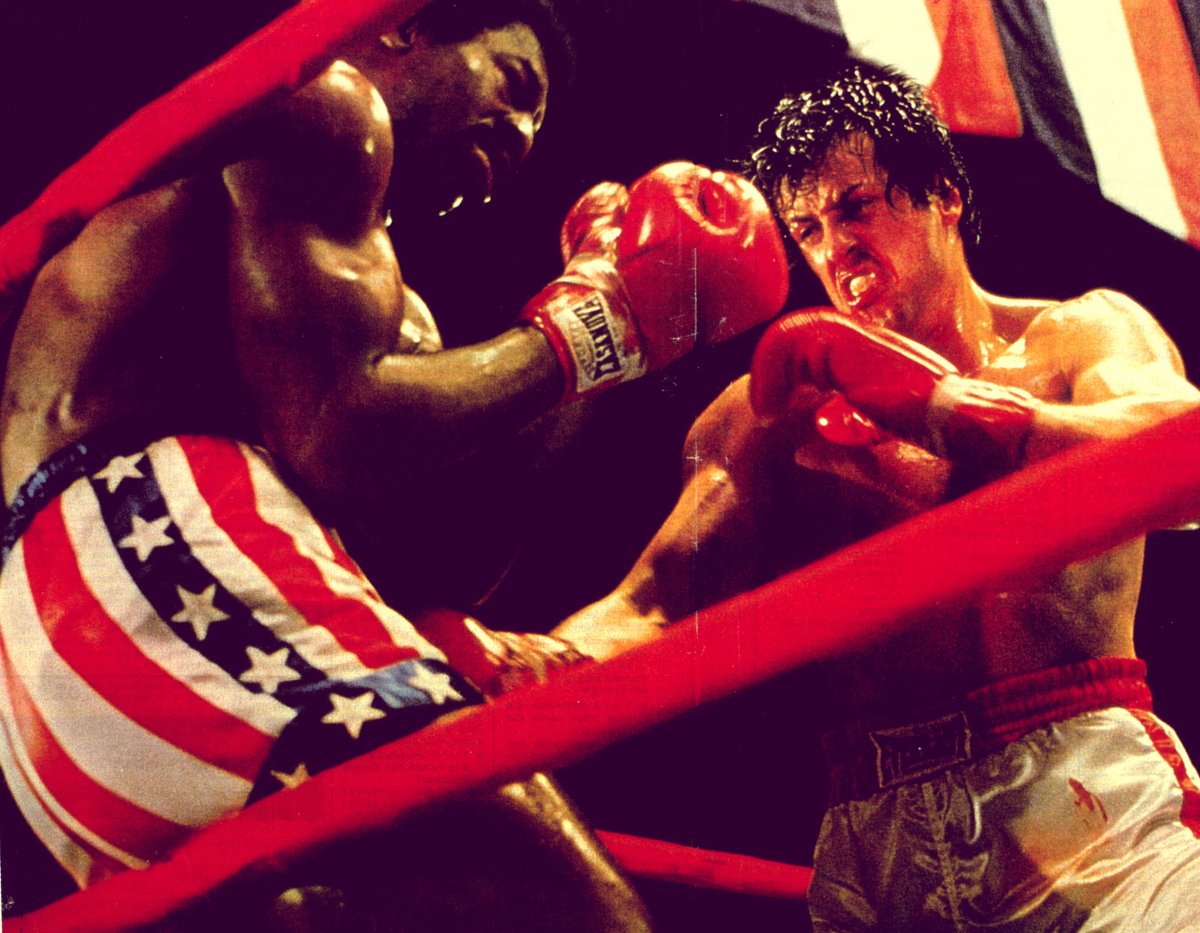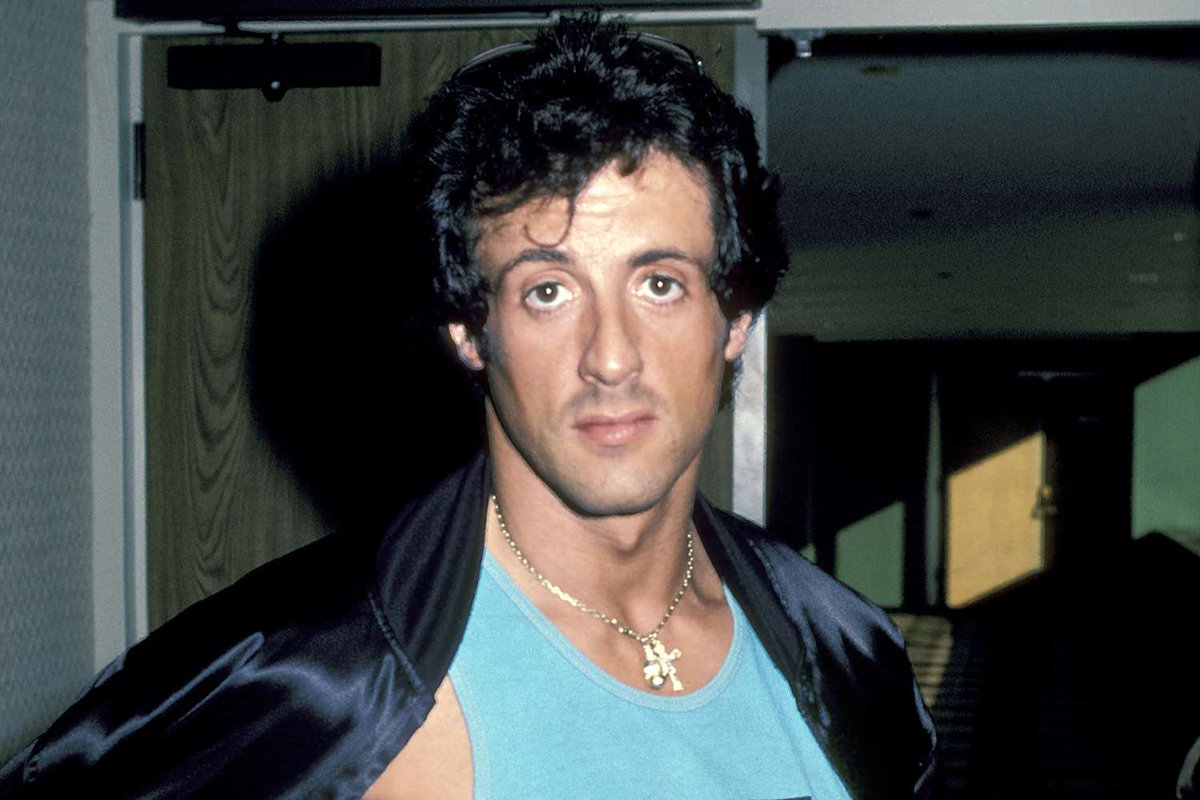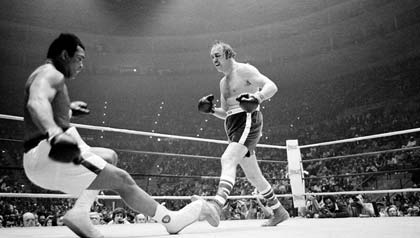MAD MAX was released 45 years ago this week. Acclaimed as one of the great independent films, and the movie that launched the career of star Mel Gibson, the making of story is a ride through a dystopian wasteland…
1/44




1/44




In the late 1970s, amateur filmmakers George Miller and Byron Kennedy we’re looking to break into the professional industry. Working as a Doctor in a Sydney hospital at the time, Miller fleshed out an idea with Kenndy for a film set in a post-apocalyptic future.
2/44


2/44


Turning the idea into a one-page treatment, Miller brought in writer James McCausland to pen a screenplay. McCausland was a journalist at the time, with no film experience, and prepared by going to the cinema with Miller and studying the structures of Western movies.
3/44


3/44
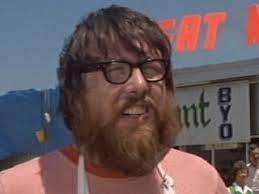

McCausland would write each night from 7pm to midnight then meet with Miller each morning at 6am before started his hospital shift. McCausland focused mainly on the dialogue, while Miller was concerned with narrative and character.
4/44


4/44


The writers called their screenplay Mad Max and, once it was finished, Miller and Kennedy pitched it to Australian production company, Roadshow Entertainment. They were keen but said the young filmmakers would have to contribute some funding themselves.
5/44


5/44
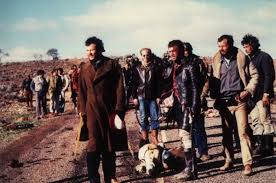

Miller and Kennedy put together a 40-page presentation about the movie and began pitching to investors. Miller also worked hundreds of hours of overtime. Finally, after about 18 months, the $350,000 they needed had been raised.
6/44


6/44


To play the main role of Max Rockatansky, Miller wanted an American actor to get the film widely seen. Realising that would cost most of the budget, he turned to lesser-known actors. Irish-born James Healey turned the part down, finding the terse dialogue unappealing.
7/44


7/44


A casting call went out to the National Institute of Dramatic Art asking for “spunky young guys”, and many of their students auditioned. One such hopeful was Steve Bisley. He attended the audition and convinced his fellow student and roommate, called Mel Gibson, to do the same.
8/44

8/44


Gibson later recalled that Miller gave him two pages of dialogue to memorise. He semi-memorised it and then came back in and improvised the rest. Gibson was hired on the spot and said “I guess they bought it.”
9/44


9/44

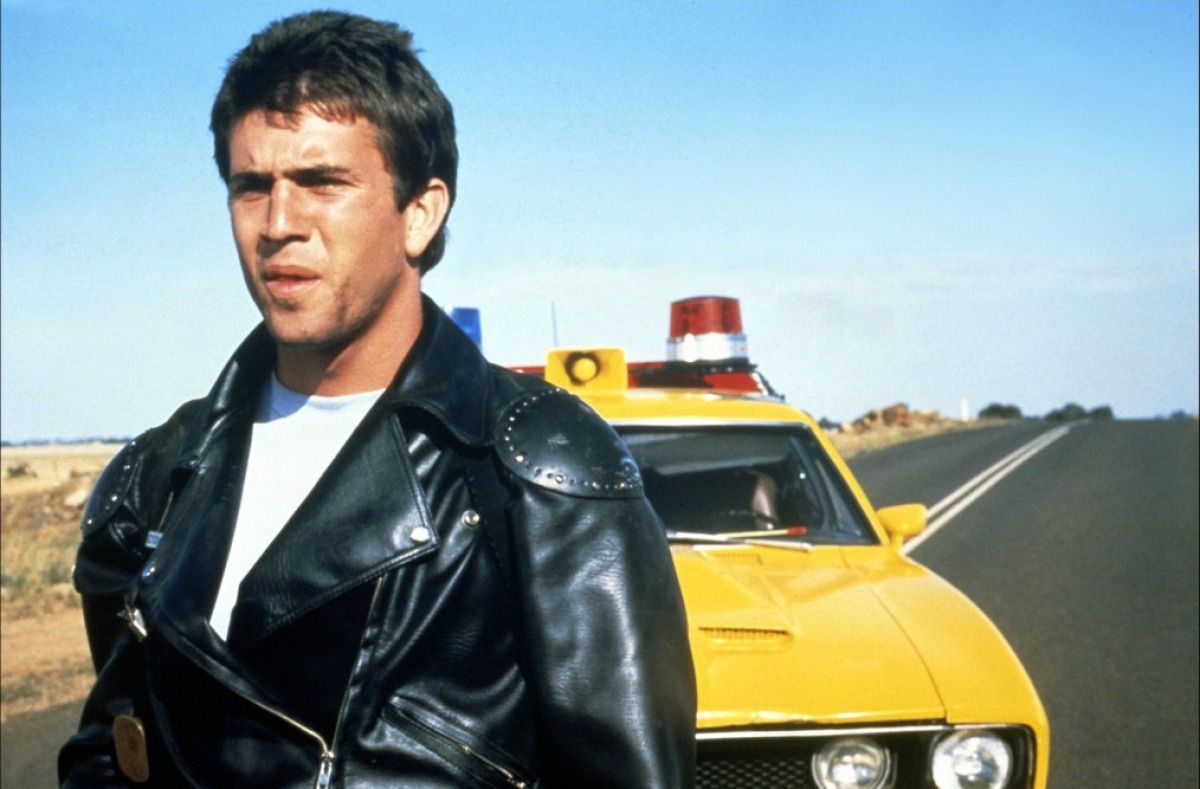
An apocryphal tale has risen in recent years that Gibson turned up for the audition with a black eye, swollen nose, and broken jaw having been in a bar room fight the night before. Miller says this is not what happened.
10/44


10/44


Gibson was paid $10,000 for starring in the film and, due to the small budget, was asked to perform the hand-to-hand fighting scenes himself. When the film was released, the completely unknown Gibson was left out of U.S. trailers for the film.
11/44


11/44


Australian singer and actor Frankie J. Holden auditioned for the part of Jim Goose – Max’s friend. He said he didn’t get the part as he was critical of the script. The part ultimately went to Gibson’s roommate, Steve Bisley. Partly as he knew how to ride a motorbike.
12/44


12/44


The villain is motorcycle gang leader, Toecutter. Miller cast Hugh Keays-Bryne, a Shakespeare-trained actor, in the role. He would later cast him again as main villain Immortan Joe in Mad Max: Fury Road.
13/44


13/44


Keays-Byrne modelled his performance partly on the legendary Mongolian warlord, Genghis Khan. He stayed in character throughout the shoot and would often change his accent from one scene to the next to make the character unpredictable.
14/44


14/44


Rosie Bailey was cast as Max’s tragic wife, Jessie. Just four days into filming, though, Bailey was injured in a bike accident. Production was halted for two weeks and she was replaced by Joanne Samuel.
15/44


15/44


The hand signals we see Jessie make isn’t real sign language. The gestures were reportedly made up on the spot by Samuel.
16/44


16/44
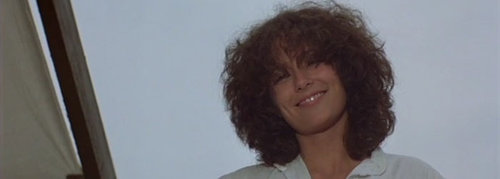

Other prominent cast members were Tim Burns as Johnny The Boy and Sheila Florance as May. Burns proved unpopular on the set when he wouldn’t come out of character, and Florance broke her knee during production when she tripped running with the shotgun.
17/44


17/44


Miller’s first ideas for the film did not involve a post-world war future. He had the idea when trying to come up with a concept that would not require a large budget, and saw a black comedy science fiction film A Boy And His Dog.
18/44


18/44

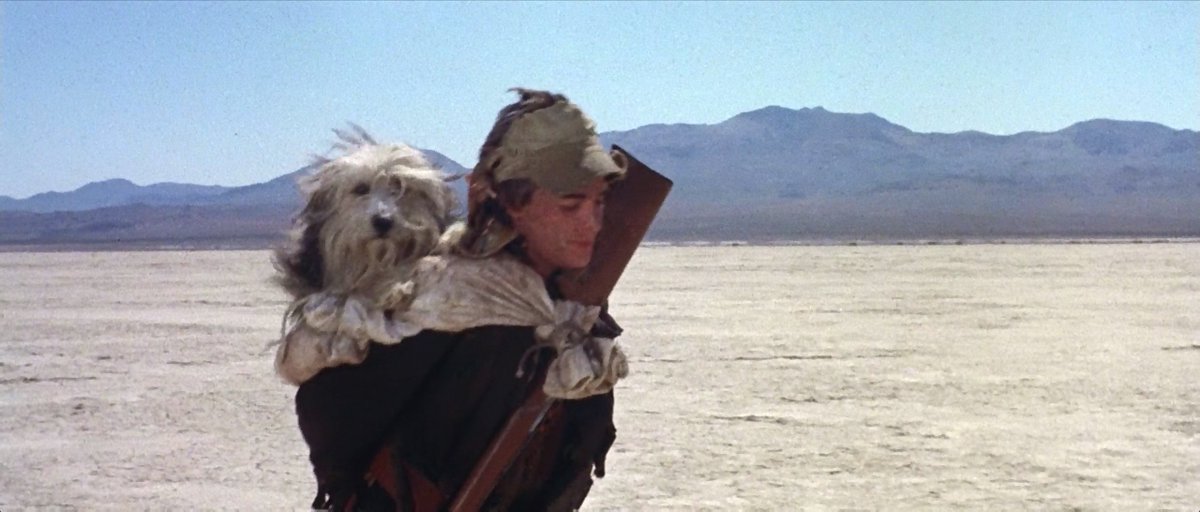
In writing the script, McCausland drew from the 1973 oil crisis in Australia, where fights broke out at gas pumps after oil strikes. McCausland said “George and I wrote the script based on the thesis that people would do almost anything to keep vehicles moving.”
19/44


19/44


Miller was interested in making a very visual “silent film with sound.” The script included detailed instructions, and as such ended up being 214 pages long. And in that first script, Max had a driving partner, called the Dark One.
20/44


20/44


Miller’s medical background turns up in the film. Max’s surname comes from acclaimed pathologist Carl von Rokitansky, who developed a procedure for removing organs during an autopsy.
21/44


21/44


Some of the things Nightrider yells over the radio are lyrics from Rocker and Live Wire, songs by Aussie rockers AC/DC. And at one point we see graffiti on a boulder saying "f**k you" in Greek (a nod to Miller's Greek heritage).
22/44



22/44



The Director of Photography was David Eggby, who later said it was a very dangerous shoot. Some sequences were shot by Eggby as a passenger on a motorbike going 110 mph. He said, "I knew we were risking our lives out there."
23/44


23/44
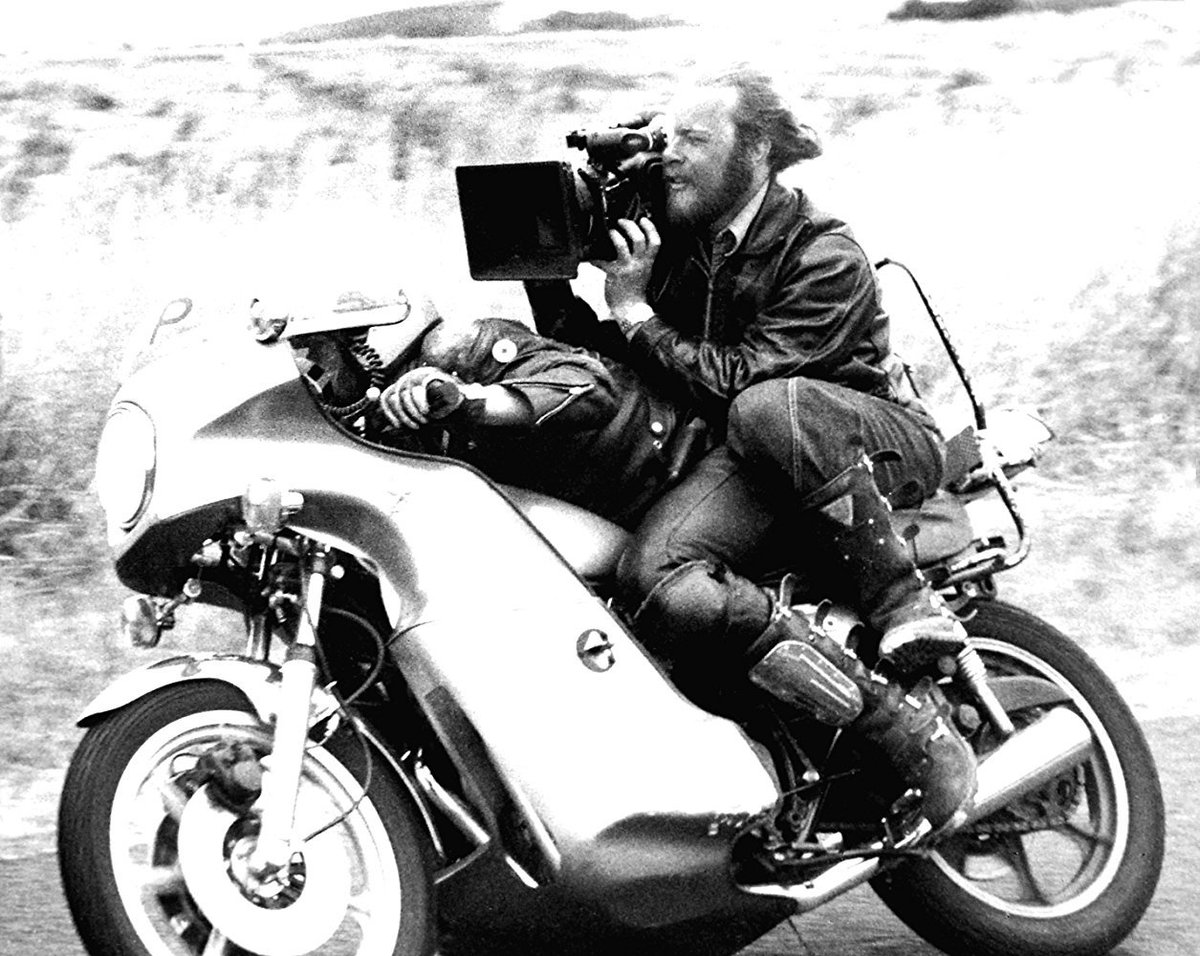

Ned Dawson was head of Sound Effects and mixed the sound of crows into the soundtrack to make the film sound more ominous. And Special effects supervisor Chris Murray soaked the vehicle tyres in oil to make them smoke.
24/44


24/44


Looking for a gothic sounding score, Miller hired Brian May to compose the music, having liked his work on science fiction-horror film, Patrick. (Not the same Brian May that played guitar in Queen!)
25/44


25/44


Working with a tiny budget, Miller described the production as "guerrilla filmmaking." The crew would illegally close down roads to shoot action sequences and had to stop communicating via walkie-talkie as police cars were able to tap into the frequency.
26/44


26/44


Max’s famous V8 Interceptor car was modified by production designer Murray Smith, following Miller’s brief for an “evil-looking, Australian car.” It cost over $35,000 to create – more than three times Mel Gibson’s salary for the film.
27/44


27/44


After filming ended, the car toured malls and car shows around Victoria as part of the film’s marketing. It was put up for sale but nobody bought it, meaning miller could bring it back in for Mad Max 2 a few years later.
28/44


28/44

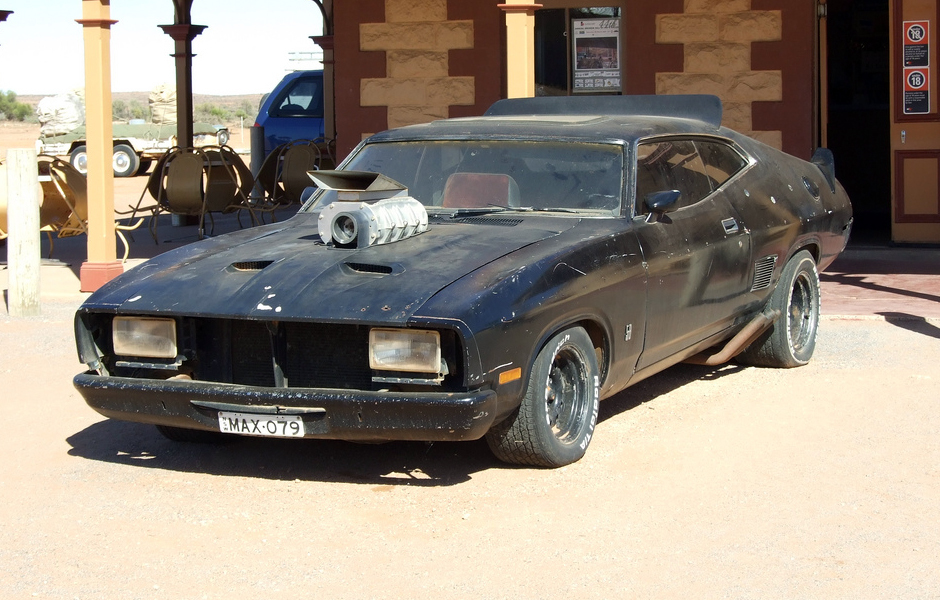
During production, Gibson and Bisley were pulled over by a highway patrolman while driving to the location in the Interceptor and dressed in character. Other cast members reported being stopped from entering bars due to their attire.
29/44


29/44


To save on money, Miller used old, decrepit buildings as locations. The Force Patrol headquarters was a water tower facility and its interior was shot at the Port Melbourne gasworks. The garage – was (and still is) the University of Melbourne’s underground car park.
30/44



30/44


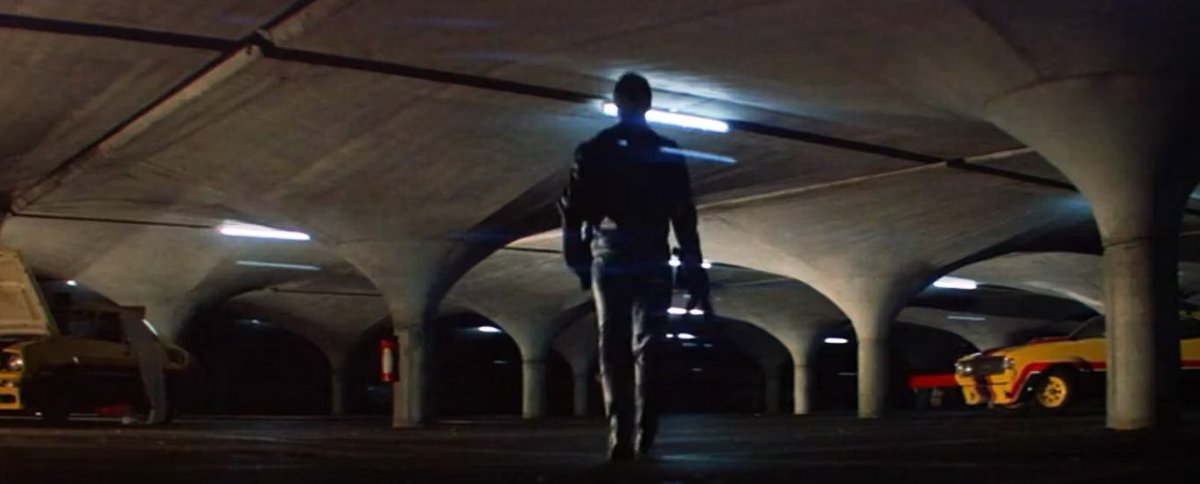
The van in the opening chase was from a scrapyard. It had the engine removed, and was pushed into the path of oncoming cars by crew members. The lack of the engine's weight led to the spectacular, spinning crash. And the buckets on the roof were filled with milk.
31/44



31/44

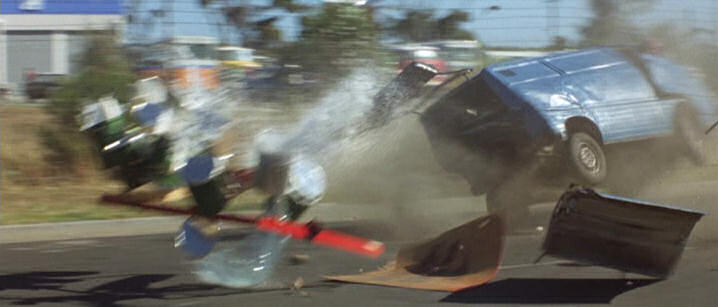
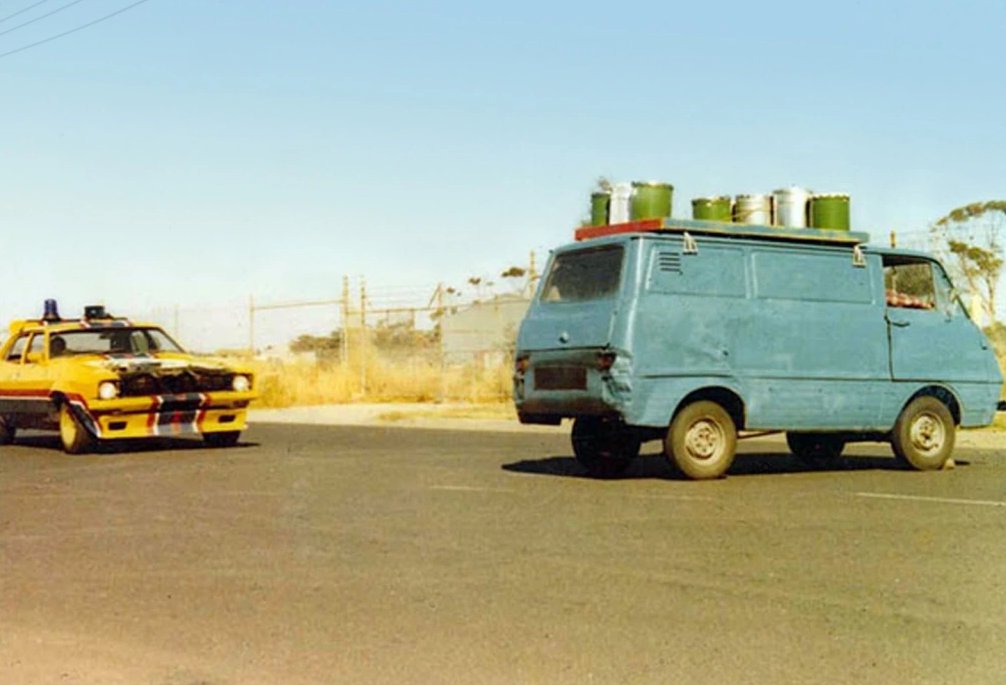
The first scene shot was that of Johnny breaking the chain on the overpass phone. He seems to be in a big rush, not just because of the plot, but also because they didn’t have permission to shoot on that overpass and were filming illegally.
32/44


32/44


The biker gang was a real-life gang called the Vigilantes. They rode to the set each day in-costume, often with their prop weapons on display. As such, each was given a letter explaining they were making a film and on their way to the set.
33/44


33/44


The house used for filming May's farmhouse was abandoned in real life. It was completely empty had to be filled with furniture from Miller and crew member’s own houses.
34/44


34/44

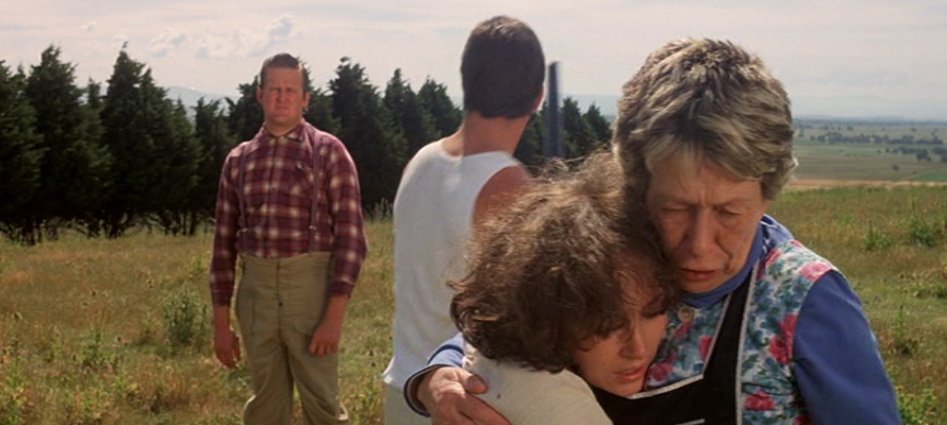
The Nightrider car had a booster rocket being installed in the back to create the huge crash. It went out of control, missed the fuel tanker, and veered into a field where it chased the crew for a quarter of a mile. The explosion was re-created using a towed car.
35/44



35/44



Co-writer James McCausland has a cameo. We see him with a beard wearing an apron in front of Fat Nancy’s roadside diner – he watches the police cyclists and tow trucks drive away.
36/44
36/44

Running out of money quickly, Miller offered to pay ambulance drivers, a tractor driver, and some of the bikers on set with slabs of 24 cans of beer to appear in the film as extras. Many of them agreed.
37/44


37/44


Because of the budget, decommissioned police cars were used and the motorbikes were demos donated by Kawasaki. In the cast, only Steve Bisley was wearing real leathers - other police officers were wearing vinyl.
38/44


38/44


Filming the final scene, Miller paid a truck driver $50 to run over the bike. The truck driver didn't want to damage his rig so the film crew installed a shield painted to look like the front of the truck.
39/44
39/44
Tony Paterson spent 4 months editing the film, then had to leave as he was scheduled on comedy/drama Dimboola. Miller finished it at Kennedy’s house on a home-built editor. Miller said "he would cut sound in the lounge room, and I'd cut picture in the kitchen."
40/44


40/44


Before the film was released in the U.S, distributor American International dubbed the casts’ voices as they were worried audiences wouldn’t be able to understand the Aussie accents. Robina Chaffey, the singer of the Sugartown Night Club, was the only voice left.
41/44


41/44


There was some controversy when the film was banned in New Zealand for the scene when Goose is burned alive inside his vehicle. This was due to its similarities with a real-life incident with a gang shortly before the film came out.
42/44


42/44


Despite its meagre $350,000 budget, Mad Max grossed $100 million worldwide. It set a record for most profitable independent film of all time. It held that record until it was out-grossed by The Blair Witch Project in 1999.
43/44


43/44
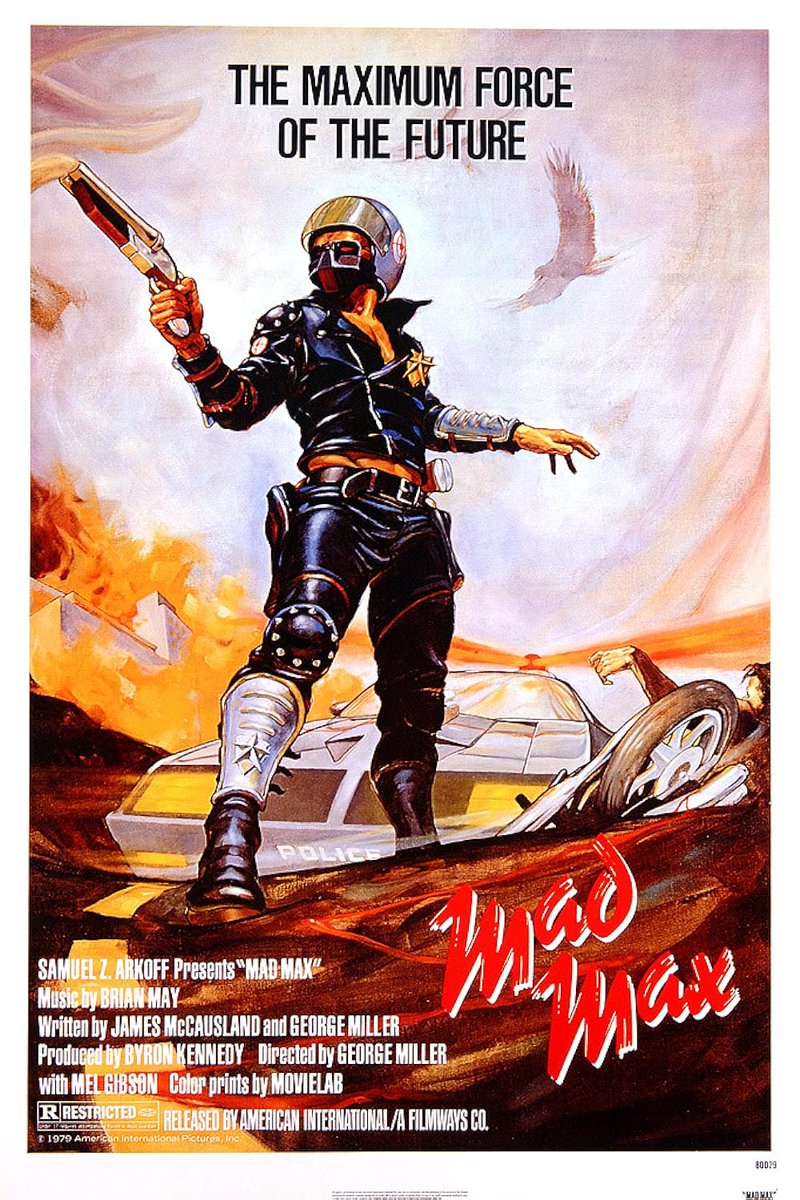

Finally… Ian Goddard was tasked with on-set safety during production and did a sterling job. Despite the carnage and complete destruction of 14 vehicles, no accidents took place during filming.
44/44




44/44




If you liked our making of story of MAD MAX, please share the opening post 😃
https://x.com/ATRightMovies/status/1779443434790522982
• • •
Missing some Tweet in this thread? You can try to
force a refresh



